
This blog post was written by Handspring author Sherry Brourman, author of From Bodily Knowledge to Intuitive Movement.
When it comes to sensing distinctions within our own movement, I believe natural human longing for safety coupled with our perfectionistic culture breeds a special self-conscious movement impatience. We’re compelled to know, to rush, to categorize, to perform—whether for others or ourselves—and all of this obstructs bodily presence and the self-awareness that comes with it.
Even the simple intention to shift into a calmer, slower gear—the state needed to take the time to truly feel movement can seem ambiguous or uncomfortably unfamiliar. Initially, just setting that intention may bring anxiety. This isn’t resistance to truth, a character flaw, or the absence of some innate ability that only some people have. Yet it appears and feels subtly defensive.
In over fifty years of observing, discussing, and guiding people toward greater movement sensitivity, I’ve come to believe that simple underexposure is the main barrier. Whether chemist or athlete, most people have had little experience with this kind of inner attention—and so we can grow shy, even to our own witness, much less someone else’s.
Continue reading

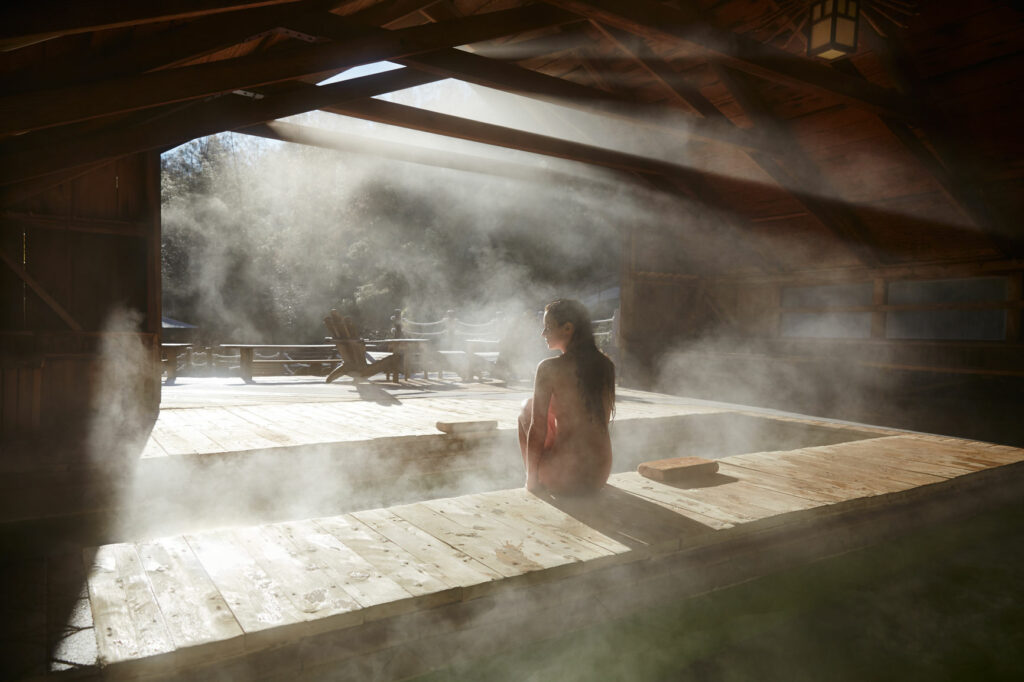
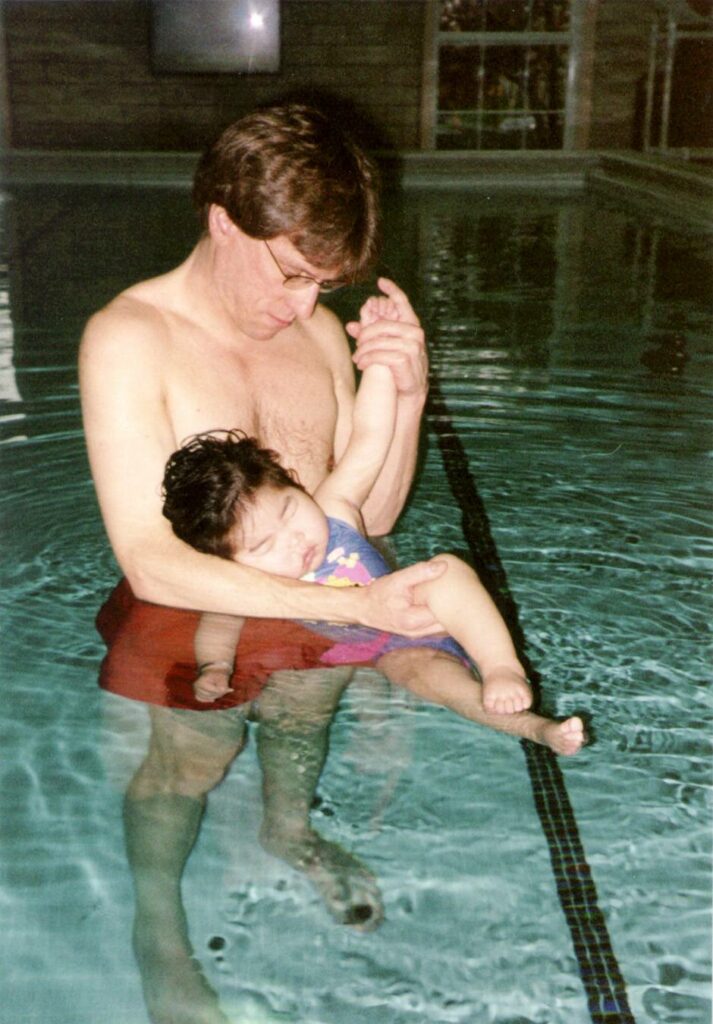


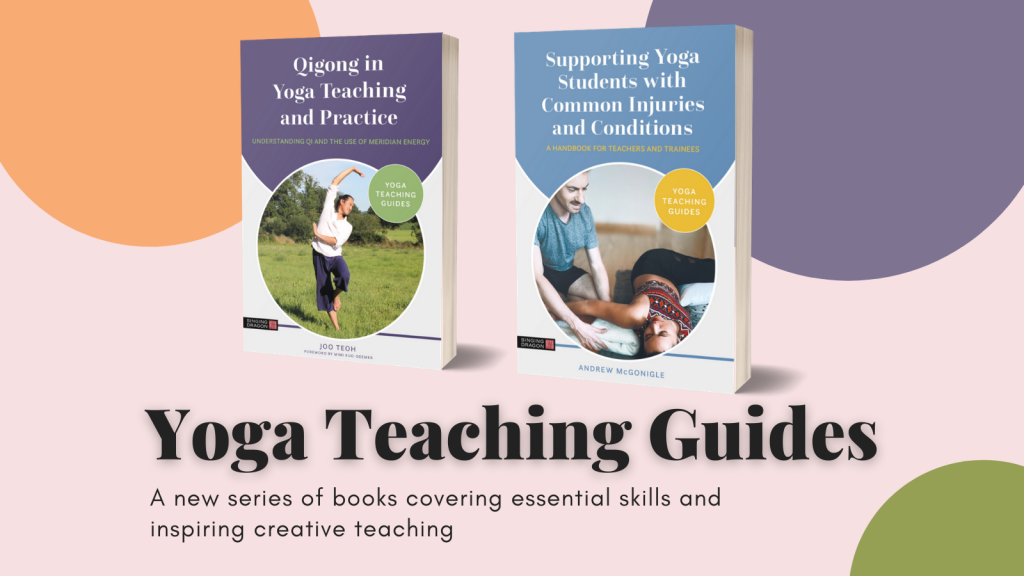

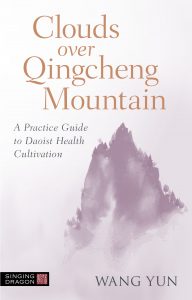
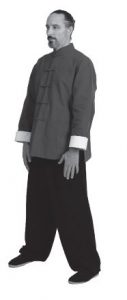 Posting relaxation exercises
Posting relaxation exercises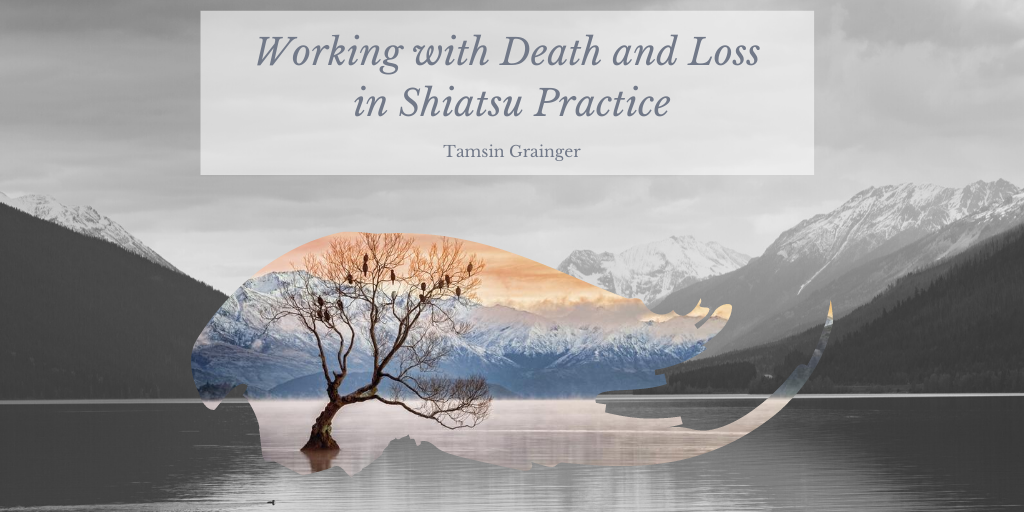
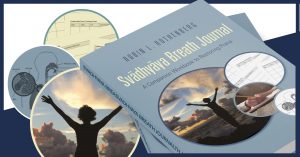 Singing Dragon was proud to publish Restoring Prana: A Therapeutic Guide to Pranayama and Healing Through the Breath for Yoga Therapists, Yoga Teachers, and Healthcare Practitioners by Robin Rothenberg in December 2019, to critical acclaim. We are therefore delighted to announce that
Singing Dragon was proud to publish Restoring Prana: A Therapeutic Guide to Pranayama and Healing Through the Breath for Yoga Therapists, Yoga Teachers, and Healthcare Practitioners by Robin Rothenberg in December 2019, to critical acclaim. We are therefore delighted to announce that